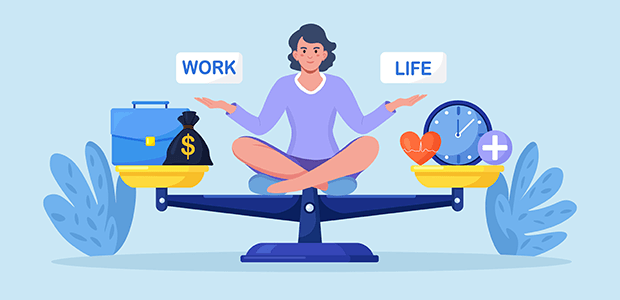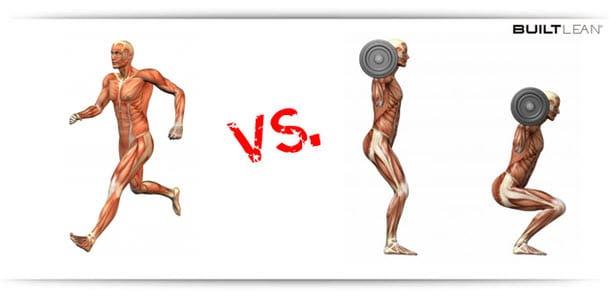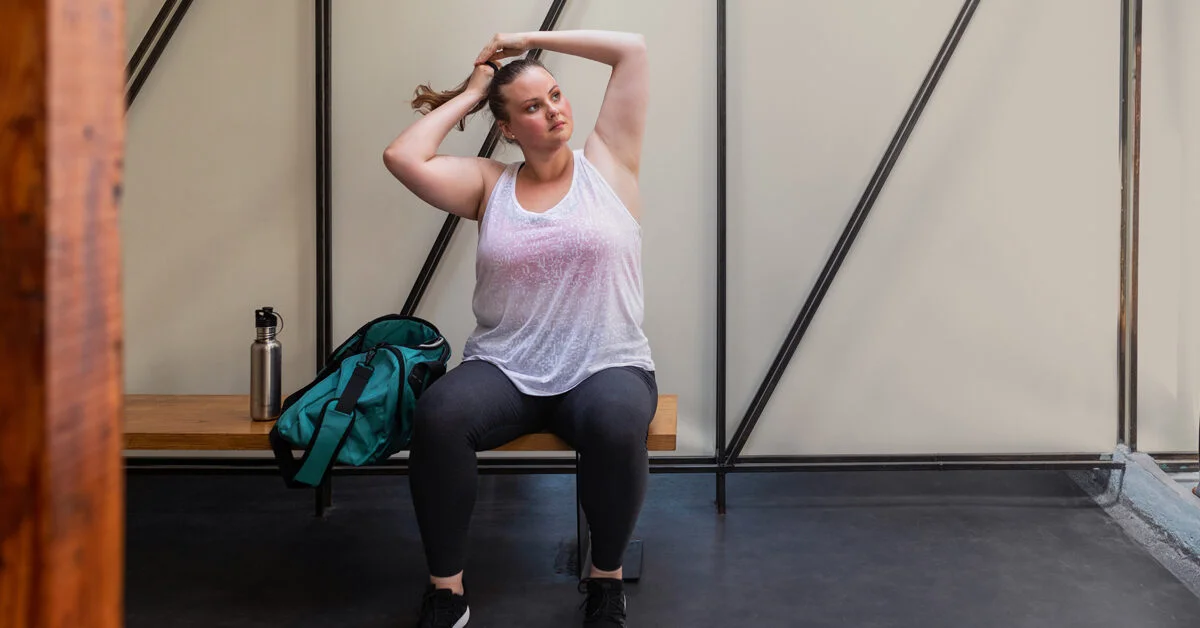Greetings, Champions of Fitness! Are you braced to stretch beyond the parameters of your sinews, venturing into the profound labyrinth of your mind? We are embarking on an intriguing odyssey today, transcending the boundaries of our regular crunches and bicep curls. We’ll traverse the riveting domain of neuroplasticity, unraveling its intrinsic role in motor learning, …
Continue reading “The Role of Neuroplasticity in Motor Learning and Athletic Performance”










